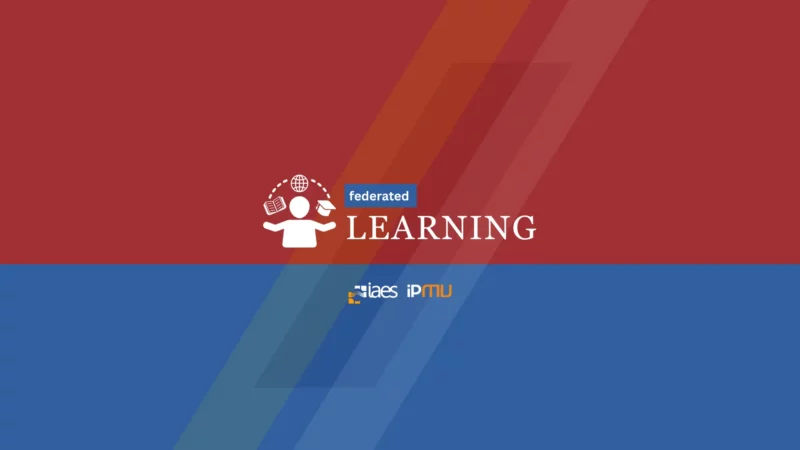A machine learning method called federated learning enables many parties to jointly train a model without sharing their local data. This method contrasts from more conventional decentralized options, which usually assume that local data samples are evenly distributed, as well as regular centralized machine learning techniques, in which all local datasets are uploaded to a single server. Federated learning enables multiple players to work together on the creation of a single, robust machine learning model without sharing any data, enabling for the resolution of critical concerns like data privacy, security, access rights, and heterogeneous data access.
Federated learning has gained significant attention in the medical field, Mahlool and Abed in “Distributed brain tumor diagnosis using a federated learning environment” proposes a new environment for brain tumor diagnosis based on deep learning and distributed federated learning (FL) algorithm. The proposed model is evaluated using cross-validation techniques with two different standard datasets, BT-small-2c, and BT-large-3c. The achieved classification accuracy was 0.82 and 0.96 consecutively. The proposed classification model provides an active and effective system for assessing BT classification with high reliability and accurate clinical findings. The paper is focused on the application of federated learning in the medical field, specifically in the diagnosis of brain tumors. Figure 1 is framework of the federated proposed model used in this study.

Federated learning has been applied in various medical domains, including brain tumor detection and electrocardiogram (ECG) classification. In a study, federated learning improved brain tumor detection by 33%, while another study applied federated learning techniques for arrhythmia classification using 12-lead ECG signals. Federated learning has shown promising results in ECG classification, enabling the development of accurate and privacy-preserving models. Meqdad et al. in the paper “Classification of electrocardiogram signals based on federated learning and a Gaussian multivariate aggregation module” proposes a novel approach for detecting cardiac abnormalities using federated learning (FL). The approach addresses the challenge of accessing data from remote centers and presents the possibility of learning without the need for transferring data from the main center. The paper introduces an aggregation approach in FL using the averaging stochastic weights (SWA) optimizer and a multivariate Gaussian to address the challenge of imbalanced data. The proposed approach achieves 87.98% accuracy in testing with the robust VGG19 architecture.
Besides electrocardiogram (ECG) classification, federated learning has also been applied in detecting scam messages. In ECG classification, federated learning has been used to develop accurate arrhythmia classification models while preserving data. On the other hand, in the detection of scam messages, federated learning has been used to train fraud detection models without sharing raw data, enabling each bank to train a fraud detection model from data distributed across multiple institutions. Chen and Halime in the paper titled “Federated learning for scam classification in small Indonesian language dataset: an initial study” explores the use of federated learning (FL) with gated recurrent unit (GRU) model for classifying scam messages in Indonesian language with small dataset. The authors provided two FL-based baseline models (FedAvg and daisy-chained algorithms) and a dataset for scam classification in Indonesian language. They examined the models based on performance metrics such as precision, recall, F1, selectivity, and balanced accuracy. The FL model with FedAvg algorithm performed better in all metrics except recall. The study also pointed out characteristics of the FL algorithms and the hyperparameters for this use case as pointers towards fine-tuning these baseline models. Overall, the paper demonstrates the potential of using FL for scam classification in small Indonesian language dataset.
The study of federated learning is represented in some of the articles mentioned earlier. The following links will take visitors to pages, where the articles can be read for FREE: https://www.beei.org/ and https://ijeecs.iaescore.com/.
By: D. Ilham
Editor: I. Busthomi

